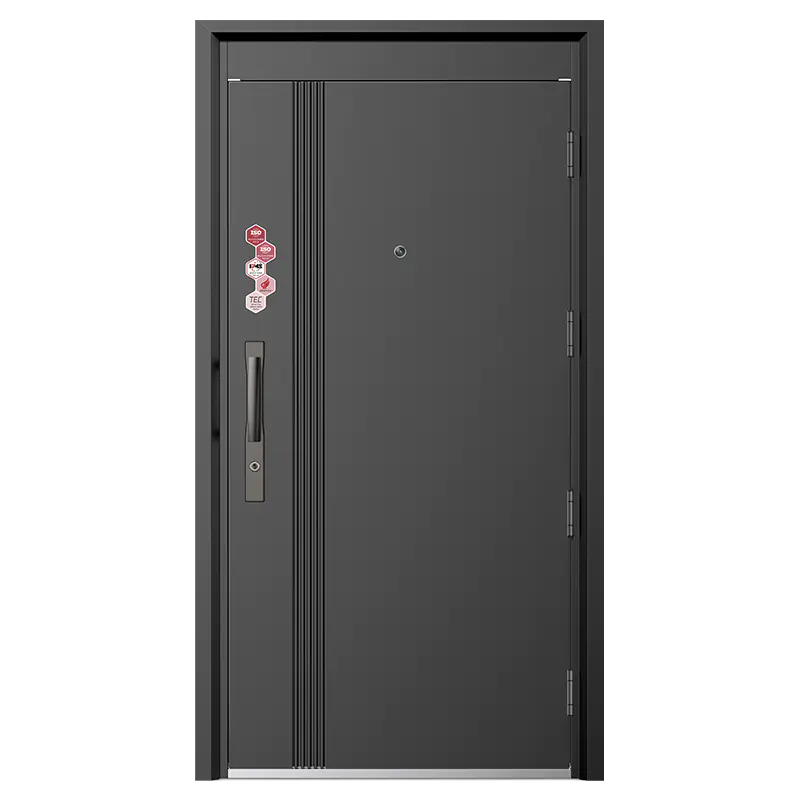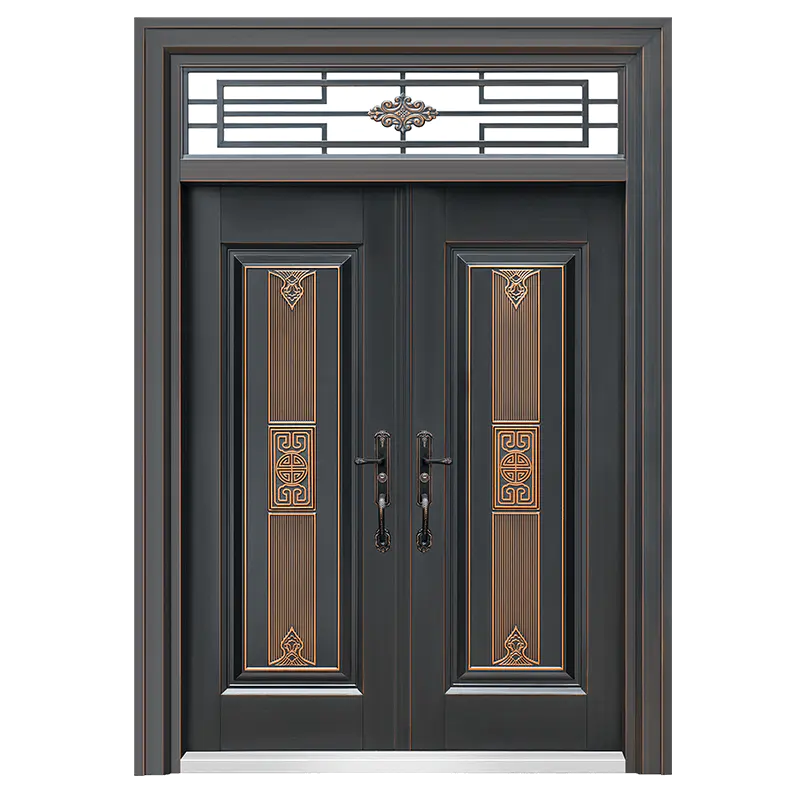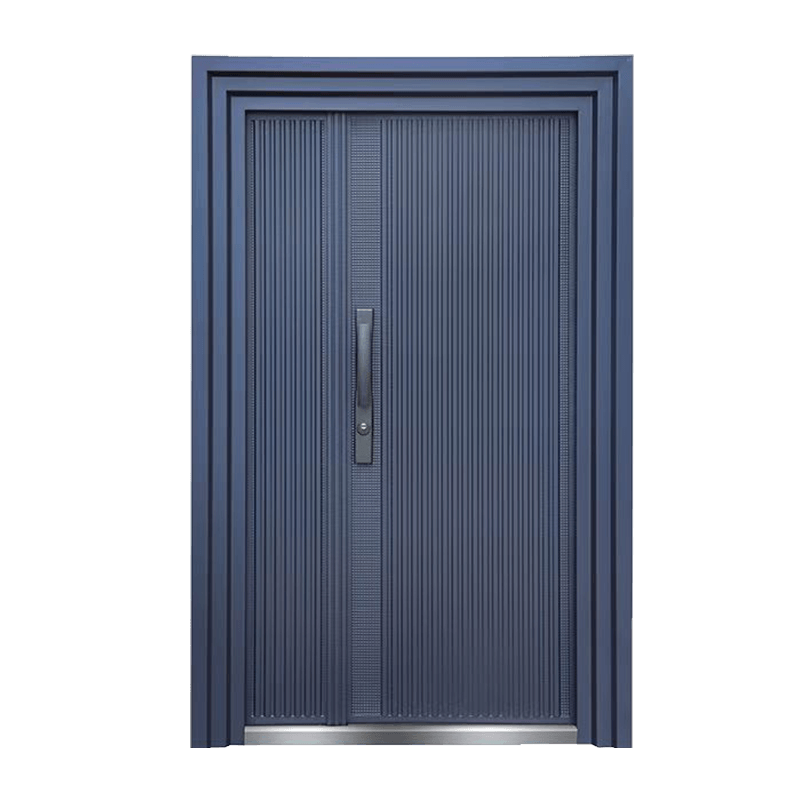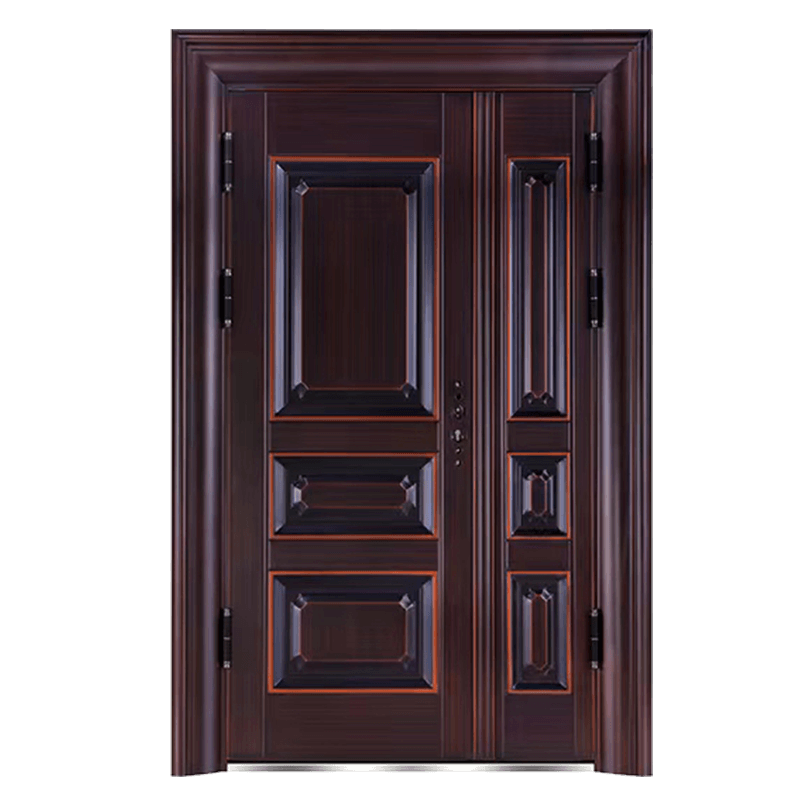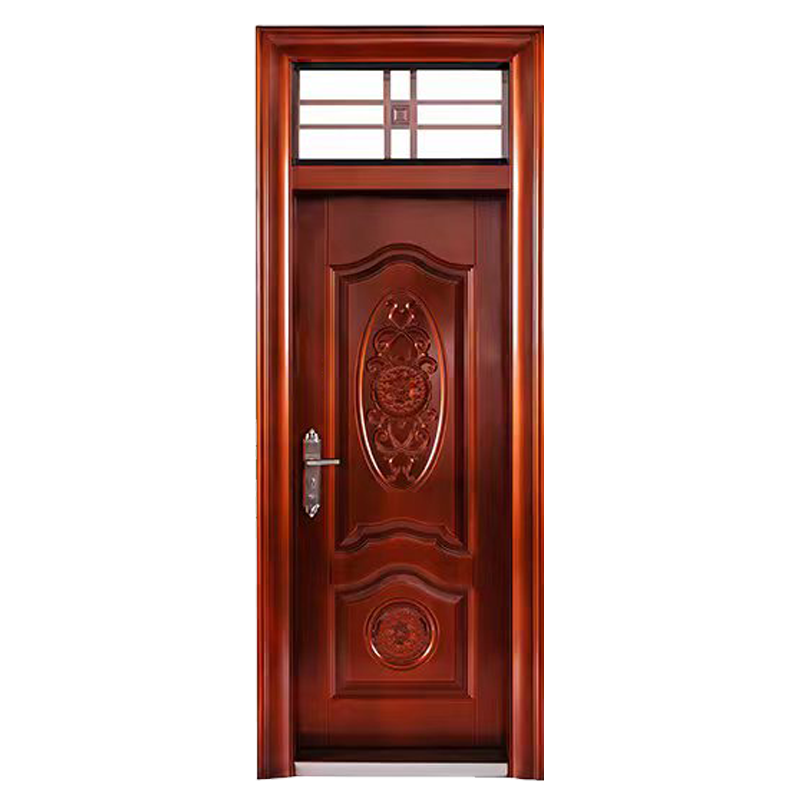Comparative Advantages of Kitchen and Bathroom Steel Doors Over Wooden and Aluminum Doors
May 16, 2025
Durability and Moisture Resistance in Humid Environments
One of the significant advantages of a Kitchen And Bathroom Steel Door over wooden or aluminum doors is its outstanding durability in moisture-heavy environments. Kitchens and bathrooms are naturally exposed to steam, splashes, and frequent temperature fluctuations. Wooden doors can warp, swell, or rot over time in these conditions, while aluminum doors may corrode, especially in coastal or chemical-heavy environments. A Kitchen And Bathroom Steel Door, particularly one made with galvanized or stainless steel, resists these issues effectively. Its surface is often treated with anti-rust coatings or laminates, ensuring it remains structurally sound and visually appealing even after years of exposure.
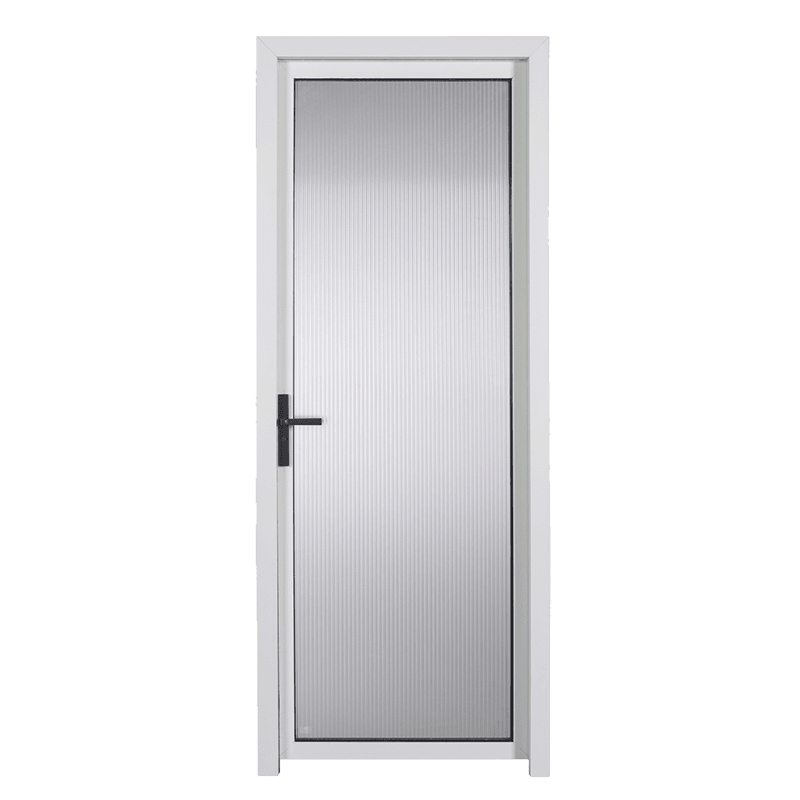
Enhanced Fire Safety for Residential and Commercial Use
Fire resistance is another key advantage. A Kitchen And Bathroom Steel Door provides better protection during a fire compared to wood or aluminum options. While wood is combustible and aluminum softens at relatively low temperatures, steel maintains its shape longer under bad heat. This quality makes it a preferred choice for homes, hotels, restaurants, and other spaces where fire safety is a concern. Many steel door models meet fire-rating standards, offering peace of mind without compromising style.
Strength and Security
Security is a vital consideration for any door, and a Kitchen And Bathroom Steel Door is significantly more robust than its wood or aluminum counterparts. The structural integrity of steel offers enhanced resistance to impact, forced entry, and accidental damage. This is particularly important for bathrooms and kitchens that may store valuable appliances, tools, or personal belongings. Additionally, it can accommodate modern locking systems, including smart locks, more easily than traditional materials.
Low Maintenance and Long-Term Cost Savings
While the initial cost of it may be slightly higher than that of a wooden or aluminum door, it often proves more economical over time. Steel doors require less maintenance—no need for regular polishing, termite treatment, or frequent repainting. They are easy to clean and do not suffer from common issues like surface scratches or dents as severely as softer materials. A Kitchen And Bathroom Steel Door maintains its performance and appearance for years, reducing the need for early replacement and repair.
Modern Design Flexibility and Aesthetic Options
A common misconception is that steel doors lack aesthetic appeal. In reality, today’s Kitchen And Bathroom Steel Door products come in a wide variety of styles, finishes, and colors to match any interior theme. From sleek matte black to wood-grain finishes that mimic natural materials, homeowners and designers can achieve both function and beauty. Many steel doors also incorporate frosted or tempered glass panels for added elegance and light diffusion—features often difficult to execute safely in wood or aluminum.
Eco-Friendly and Sustainable Material Choice
Steel is one of the recyclable building materials available, making a Kitchen And Bathroom Steel Door a more sustainable choice. Unlike wooden doors that may rely on deforestation, or aluminum, whose extraction process is energy-intensive, steel doors can be produced with recycled content and recycled again at end-of-life. This makes them a greener solution for environmentally conscious consumers.
Conclusion
In terms of moisture resistance, fire safety, durability, and long-term cost-effectiveness, the Kitchen and Bathroom Steel Door outperforms wood and aluminum alternatives. With modern design innovations and sustainable benefits, it is no longer just a utilitarian choice—it is a stylish and future-proof solution for contemporary kitchens and bathrooms.

 English
English 中文简体
中文简体 Français
Français Español
Español عربى
عربى